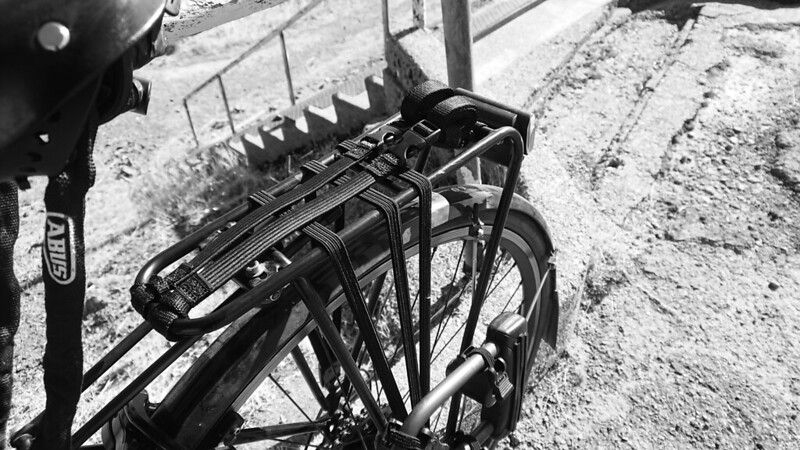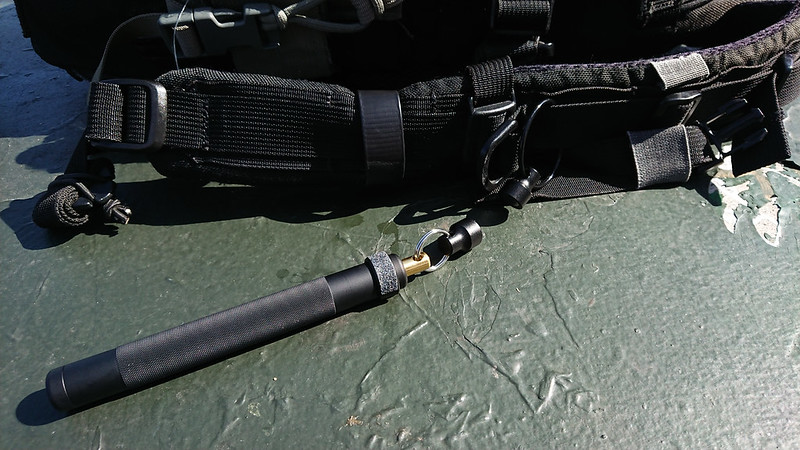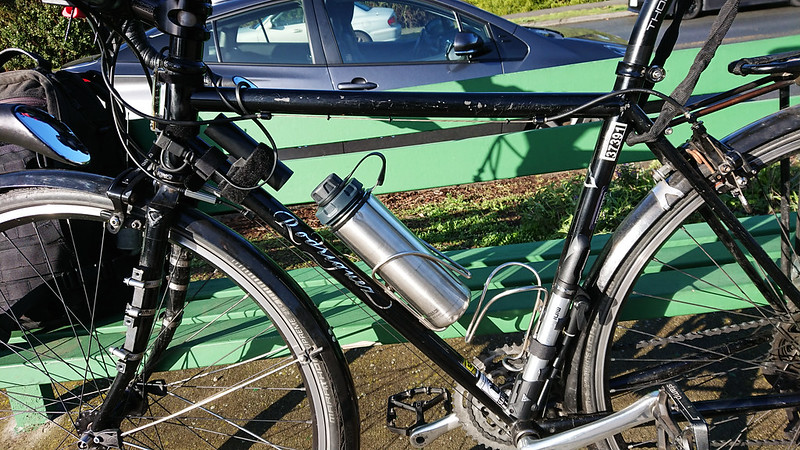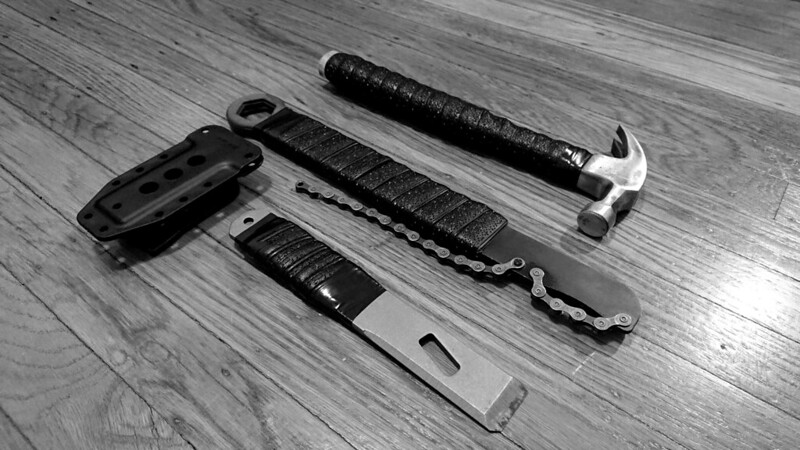Measuring Chain Wear
A bicycle chain elongates as it is used. This elongation – commonly referred to as “stretch” – is caused by the wearing down of the pins that hold the chain links together and the enlargement of the bore hole in the inner plates that the pins are inserted through. If left unchecked, wear on the chain causes the teeth on the cassette cogs and crank chainrings to become reshaped to the point that they will no longer mesh with a new chain. To extend the service live of these more expensive components, it behooves one to replace the chain before it becomes excessively worn. For drivetrains below 10-speed, the common advice is to replace the chain when it measures 0.75% elongation. For drivetrains above 10-speed, the common advice is to replace the chain when it measures 0.50% elongation. For 10-speed drivetrains, opinion varies between the two measurements, so take your pick.
Chain elongation may be measured with a ruler – 12 complete links on a chain should measure exactly 12 inches – but performing this measurement with accuracy and precision, and identifying when the measurement is off by 0.50% or 0.75% can be difficult. Hence the market for chain measurement tools.
In the past I have used a Park Tool CC-3.2 and a Park Tool CC-2. The CC-3.2 was a simple go-or-no-go measurement tool which attempts to identify when the chain has reached the 0.50% or 0.75% limits. The gauge of the CC-2 provides a more detailed look, attempting to show you not just if the chain has reached the replacement point but also how closely you are approaching it. Both of these tools share the same weakness: they measure from opposing roller faces, meaning that when the tool is inserted into the chain it is applying pressure in opposite directions. This behaviour incorporates inconsistencies of the roller diameter into the measurement, rather than just measuring the pin-to-pin distance, which can result in the tool providing a premature indication of the chain’s wear.
Recently I purchased the Pedro’s Chain Checker Plus II. This is one of a newer generation of tools which attempts to eliminate the previous inaccuracy by measuring from the same side of the roller. The tool applies the load to the chain in the same direction during measurement, rather than pulling in opposite directions. This simulates how the cog experiences the chain when the bike is pedaled and allows the tool to more accurately gauge the pin-to-pin distance. Compared to an older style tool like the Park CC-3.2 or CC-2, it should tell you to replace the chain later. Getting more life out of the chain (without potentially damaging the other components of the drivetrain) is useful not only for your wallet, but also to reduce waste. A Duke University study claims that the manufacturing of a chain is one of the more wasteful parts of bicycle production.
The Park Tool CC-4 should provide the same measurement as the Pedro’s Chain Checker Plus II. I went with Pedro’s option because it also provides a chainring nut wrench (useful when tightening or replacing chainrings) and a chain hook tool (theoretically useful when installing or removing chains with master links, though I’ve never found a tool necessary for this).
I learned about these newer tools thanks to Dave Rome’s excellent article on CyclingTips, which includes many more details on chain wear and measurement.

















